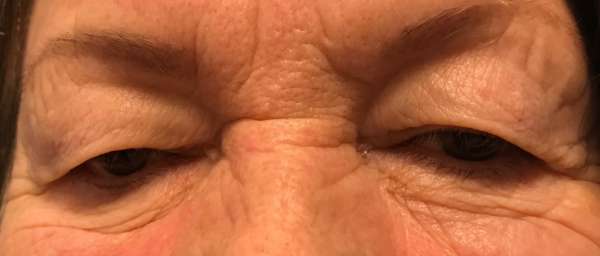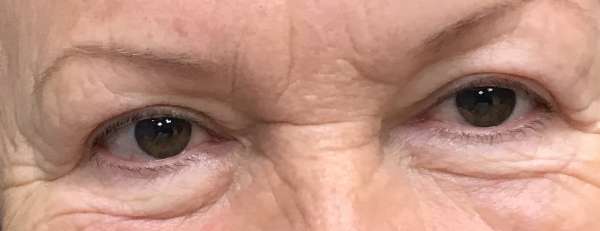Blepharoplasty (Eyelid Surgery)
One of the more frequently performed plastic surgeries is Blepharoplasty, a procedure to correct eyelid defects or deformities and for aesthetic improvement of the eye region of the face. Dr. Nicholas Bastidas, board certified in plastic and reconstructive surgery, practicing in New York City and its surrounding areas, has a busy practice that includes a significant volume of eyelid surgeries. Dr. Bastidas has a loyal following of patients whose blepharoplasty surgery results were both aesthetically pleasing and without any complications.
Throughout the aging process, it is normal for skin to lose its elasticity. Both loss of elasticity and the process of gravity result in excessive skin collecting on upper and lower eyelids. Excess skin on upper eyelids can result in an extra fold that will hang over your eyelashes and reduce your vision, reducing your ability to fully see the periphery. Excess skin on lower eyelids creates wrinkles and bulges making you look tired and older. Blepharoplasty can be performed on upper eyelids, lower eyelids or both, depending upon an assessment by Dr. Bastidas and you. Blepharoplasty can eliminate or improve fine wrinkles of lower eyelids and correct drooping lower eyelids that reveal white below the iris. Dr. Bastidas will remove excess skin and fat and rejuvenate the periorbital region to create a clean, well rested look for you without creating that hollow or “overdone” look.
The first step toward a refreshed look is an appointment with Dr. Bastidas. This creates an opportunity to consult on the best approach to blepharoplasty for you. His examination will give you the information you need about this procedure and help both of you you to determine if you are a good candidate for blepharoplasty. Dr. Bastidas will do a thorough analysis of your eyelids and he will ask questions about your medical history, including previous surgeries and history of dry eye. You and Dr. Bastidas will have a conversation about your motivation for blepharoplasty, what you hope to accomplish and whether blepharoplasty is likely to help you to achieve your goals.
When you decide to proceed with blepharoplasty, you will undergo a physical examination, your tear production may be tested and Dr. Bastidas will measure your eyelids. Your eyes will be photographed from different angles to assist Dr. Bastidas as he plans the best surgical approach for you and to support an insurance claim. In order to file a claim for insurance coverage, you will need to see an eye doctor for an examination to measure how your sagging eyelids are impacting your vision. If vision impairment is validated, this surgical procedure may be covered by your insurance company.
In the several weeks leading up to your blepharoplasty, it is important that you quit smoking. If smoking is not stopped, your ability to heal properly is compromised. If you are taking any medications or supplements associated with increased bleeding, Dr. Bastidas will have you stop taking these for a certain period of time both before and after surgery. Blepharoplasty surgery generally takes 1-2 hours. The upper lids can easily be done in the office under local anesthesia.
Once your outpatient surgery is completed, you will be given a set of instructions on your recuperation at home. Recovery from blepharoplasty is brief and most of Dr. Bastidas' patients resume their daily routines within 5-7 days. Swelling, bruising, watering eyes, light sensitivity, some numbness and light easily-managed pain will subside within several weeks. The full healing and transformation of your eyelids will take some time so you will want to be patient. You will see obvious improvement from the start and this improvement will continue over an extended period of time as your tender tissue heals from blepharoplasty. Dr. Bastidas' patients are satisfied with their results and often refer friends and family to Dr. Bastidas for this or other plastic surgery procedures.
Visit Dr. Bastidas' website www.DrBastidas.com for more information on blepharoplasty and the satisfying results it can have for you.

